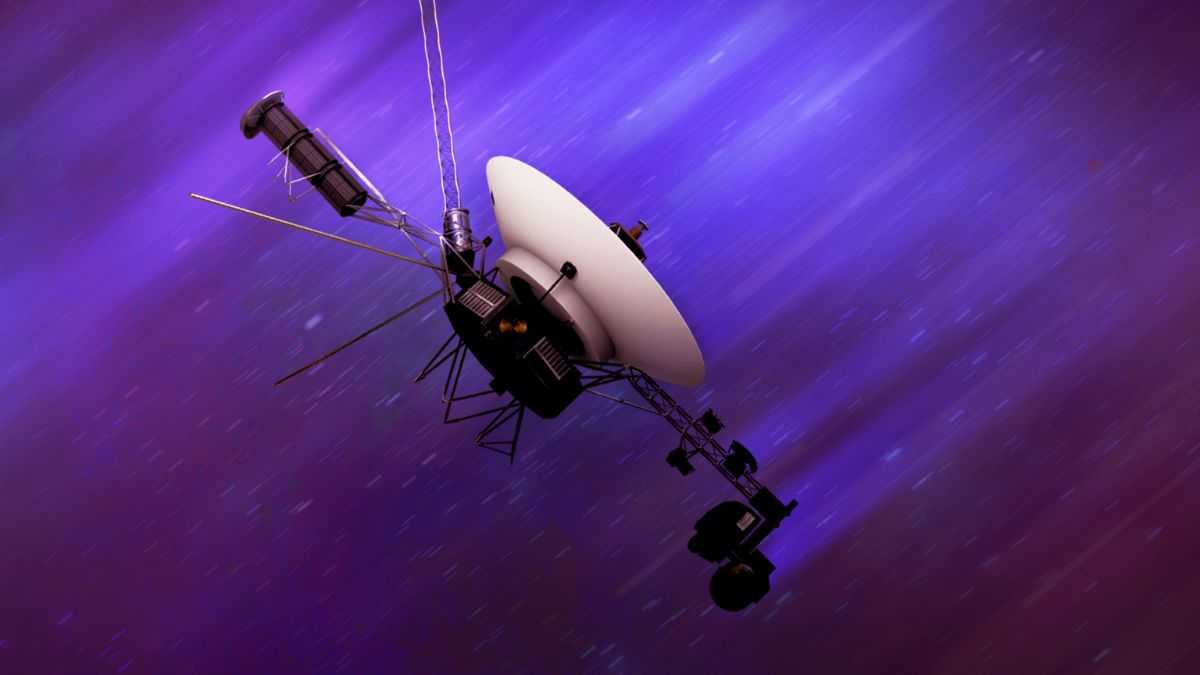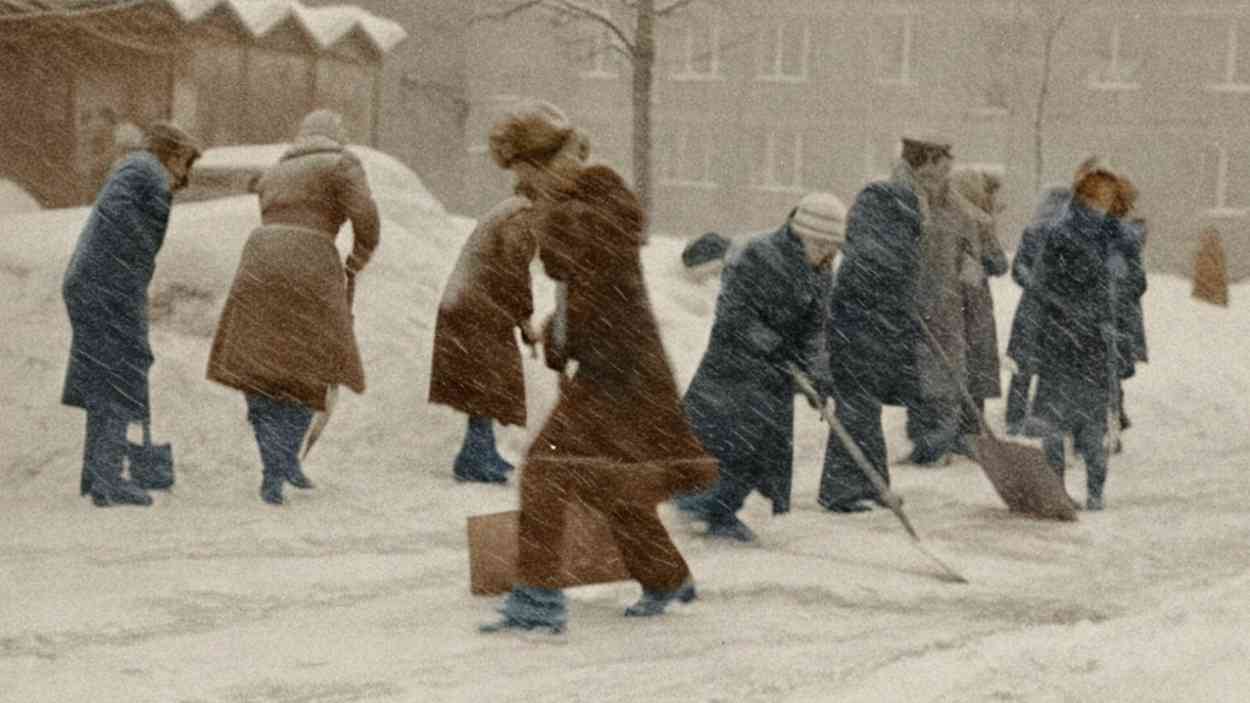Science
The Salt-Sized Robot That Thinks and Acts
27 December 2025

Fifty thousand degrees and a mysterious signal from space. Voyager 1 reached the boundary of the Solar System and encountered a phenomenon called the “wall of fire.”
Where are the boundaries of the Solar System? Researchers don’t have a clear answer. Some point to the area just beyond Neptune’s orbit. Others focus on Pluto, now a dwarf planet, which orbits at a distance of just under 40 astronomical units (about 6 billion km) from the Sun. Yet other researchers point to the existence of the Oort Cloud – a spherical region consisting mainly of cosmic dust, debris, and asteroids. This cloud is thought to orbit at a distance of 300 to even 100,000 astronomical units from the Sun.
You might like to read: Mysterious Circles Appear in the Night Sky. Science Does Not Know What Creates Them
Much closer, at a distance of about 123 AU from our parent star, is the boundary of the heliosphere, known as the heliopause. NASA currently identifies this as the actual boundary of the Solar System, beyond which lies interstellar space. The heliopause is the point where solar winds (streams of particles ejected by the Sun) lose their power. However, the region of our star’s gravitational dominance (the Hill sphere) extends much farther.
Answering the question of where the Solar System ends is not easy. The latest signals sent by the Voyager 1 probe could complicate it even further. The device already crossed the heliopause and is now in an area with astonishing conditions. What characterizes the wall of fire at the boundaries of our Solar System?
Voyager 1 and its twin probe, Voyager 2, began their journey in 1977. Their goal is to reach the farthest places in space known to humanity and send signals back to Earth for as long as possible. Both devices already crossed the heliopause, and the latest data from Voyager 1 shows the probe entered an unusual location.
Scientists call this area the “wall of fire,” although no actual flames exist there. There is just an extremely high temperature, ranging from 30,000 to 50,000 degrees Celsius. Why such high values? This location has a large concentration of high-energy particles whose activity causes the temperature to rise. Due to the lack of actual fire and its robust design features, Voyager 1 can survive these conditions and continue to send us readings. Thanks to this, we know the probe recently entered this mysterious area. The data collected in this way may change our understanding of the Solar System’s boundaries.
When Voyager 1 reached the boundary of the “wall of fire,” it registered magnetic field signals from interstellar space. According to the Economic Times, scientists noticed that this field seems to be connected to the magnetic waves inside the Solar System. This might suggest that the Sun’s influence extends even farther than we previously thought, and the heliopause might not be the most accurate point for marking the boundary of our star system.
The data from Voyager 1 also gives us a completely new perspective on the magnetic structure of our galaxy. For now, however, it has provided researchers with more questions than answers. Our farthest cosmic traveler will continue to drift through space, and perhaps its next signals will shed new light on this matter.
Read the original article: Nowe dane z Voyagera 1. Na końcu Układu odkryto ścianę ognia

Culture
26 December 2025


Zmień tryb na ciemny